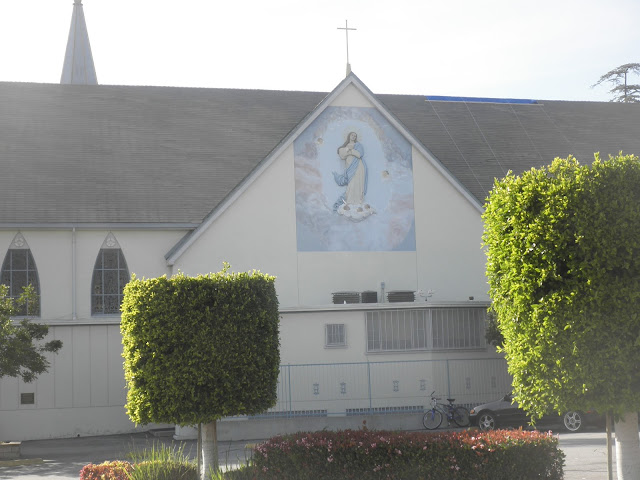I was up on
Angeles Crest Highway this morning, looking for the old campground that Jack
Pullman dropped me, Tom, Joe, John, and Charlie at when we were boys to go camping
and rough it. It was time. It was a growing-up experience. We
were scheduled to be up there for one week but we ran out of food by Day 4.
Before Day 4, we had a blast. We hiked the local trails and fire
roads. We found a pond about a half mile in where a young couple, living
out of their van, were skinny dipping. That is what people did in the
60s. And as we came upon them, they slowly made their way out of the pool
and back to their van and covered themselves. As a group of 5, we were intrusive and
either didn't know better or didn't care. Even at our young age, we could
have been perceived as a threat to the young couple trying to find some privacy
in the remote back hills of Tujunga.
I drove up to the Big Tujunga Canyon, turning left at the Clear Creek Information Center and onto Angeles Forest Highway, past the Pines Picnic Site, past the Clear Creek Outdoor Education Center, past Big Tujunga Canyon Road, through the Hidden Springs Tunnel where there used to be an old country store. I know because it was there where me and Charlie walked to out of our campground from up in Hidden Springs to get food. But past that Tunnel further up is Upper Big Tujunga Canyon Road. I am almost certain that we did not drive up that road to get to our campground. About a mille north and past the Upper Big Tujunga Canyon Rd. turn off is a campground called Monte Cristo Campground.
And from
inside that campground or adjacent to it is a fire road that Jack may have took
to drive us up to Hidden Springs. Anyway, I wasn't able to find it, so I
drove back down the mountain, south on Angeles Forest Hwy and turned right onto
Big Tujunga Canyon Rd. This road veers down into the canyon, creating
dramatic peaks of the Tujunga ridge above. I found a campground called,
Wildwood. Never been here before, least not as I can remember, and so I
took a few shots with my phone seen here:







































